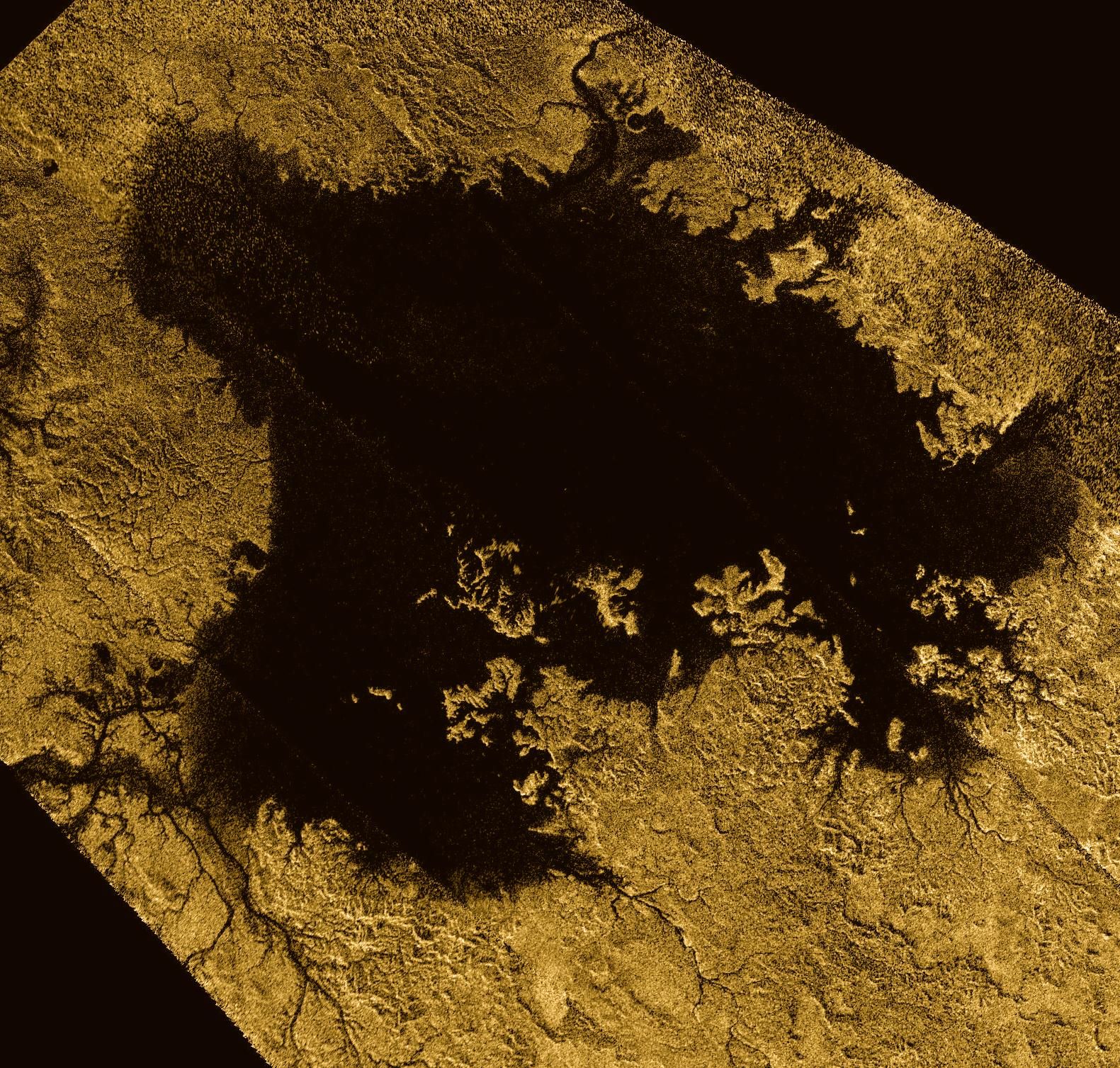
NASA has announced an unusual idea for exploring Titan, Saturn's largest moon: a shapeshifting robot that could both fly and swim while exploring its surface.
The robot, called Shapeshifter, is one of 25 ideas that NASA has decided to invest in during a current round of funding meant to support early-stage space exploration technology, called NASA Innovative Advanced Concepts funding. Scientists consider Titan a fairly strong contender among places where we might find extraterrestrial life.
Shapeshifter and 15 additional projects tackling other space exploration challenges were each awarded about $125,000 to spend over nine months. That money is meant to see them through analyzing the basic feasibility of a project.
Feasibility is a key question for an idea like Shapeshifter. The flying, amphibious robot's skills would be ideal for a mission to Titan, which boasts a strangely Earthlike terrain of lakes. The one catch: They're filled with liquid methane instead of water.
The idea behind Shapeshifter is that a handful of individual units would work together to create a variety of modular designs, each with a different skill. Put the units together in one arrangement, and the machine can swim deep below the lakes' surfaces. Cue them to shuffle into different positions, and the machine as a whole can fly to explore a cave. A third configuration could roll across Titan's land surface.
But Shapeshifter isn't the only creative approach to cracking the secrets of Saturn's largest moon, and NASA isn't pinning all its hopes on the single tactic. Scientists are also conducting experiments to see whether they can build a submarine that would be able to explore Titan's seas.
And in December, the agency also announced that a project called Dragonfly was one of two finalists for a mission they want to launch in the mid-2020s. That project would build a flying drone that could hop across Titan's land surface. In particular, Dragonfly would seek to understand how methane—which carries carbon, the backbone of life on Earth—moves across Titan's surface.
Uncommon Knowledge
Newsweek is committed to challenging conventional wisdom and finding connections in the search for common ground.
Newsweek is committed to challenging conventional wisdom and finding connections in the search for common ground.
About the writer
Meghan Bartels is a science journalist based in New York City who covers the science happening on the surface of ... Read more
To read how Newsweek uses AI as a newsroom tool, Click here.








